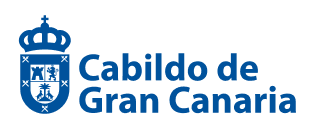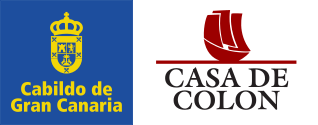El proceso privatizador del agua en Canarias: la Ley de 1879 / The privatizing process of water in the Canary islands: the Law of 1879
Resumen
Aunque existen evidentes diferencias entre islas de señoríos y realegas, se puede afirmar que la privatización y obligada explotación de los recursos isleños se inicia desde los mismos momentos de conquista y ocupación de Canarias con los primeros repartimientos. Tanto “señores” como, posteriormente, los monarcas se arrogaron la propiedad del Archipiélago como Derecho de Conquista, haciendo distribución de esta entre los contribuyentes en la empresa de ocupación, según el grado de participación, y los colonos. Gran parte del esfuerzo productivo se orientó desde entonces a atender los requerimientos que demandaban el mercado exterior. La producción para la exportación ocuparía preferentemente las llanuras litorales que, fértiles y más adecuadas para los nuevos cultivos por sus escasas oscilaciones térmicas, fueron dotadas de determinado caudal para riego. En las tierras del interior se labró a una agricultura orientada al autoabastecimiento de las islas. Aunque, esta relación abierta de intercambios definía la economía canaria, también su hidrodependencia por las propias características de su producción, por su disposición espacial y geomorfología. Tras la alternativa azucarera, que llevó a las primeras actuaciones hidráulicas, el ciclo vitivinícola redujo la presión privatizadora del agua. Será con la crisis del Antiguo Régimen y el hundimiento del mercado del vino cuando se reactiva la detracción de los caudales públicos ante las nuevas alternativas productivas. Fueron varios los mecanismos privatizadores, siendo el más destacado la Ley de Aguas de 1879, que se mantendrá en vigor a lo largo de más de un siglo.
Although there are obvious differences between the lordship and royal islands, it can be affirmed that the privatization and forced exploitation of the island resources starts from the very moment of conquest and occupation of the Canary Islands with the first distributions. Both "lords" and, later, the monarchs arrogated the property of the Archipelago as Right of Conquest, distributing it among the participants in the occupation, according to the degree of participation, and the settlers. Much of the productive effort was oriented since then to meet the requirements demanded by the foreign market. Production for export would preferentially occupy the coastal plains which, fertile and more suitable for new crops because of their few thermal oscillations, were endowed with a certain flow for irrigation. In the lands of the interior, agriculture was oriented towards the self-sufficiency of the islands. Although, this open relationship of exchanges defined the Canarian economy, also its hydrodependence due to the characteristics of its production, its spatial disposition and geomorphology. After the sugar alternative, which led to the first hydraulic actions, the vitivinicultural cycle reduced the privatizing pressure of water. The detraction of public flows from the new productive alternatives will be reactivated with the crisis of the Ancien Régime and the collapse of the wine market. There were several privatization mechanisms, the most outstanding was The Water Law of 1879, which will be in force over more than a century.




